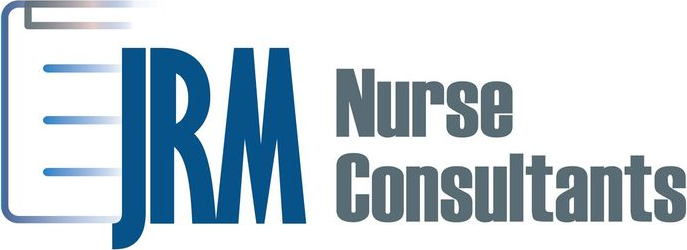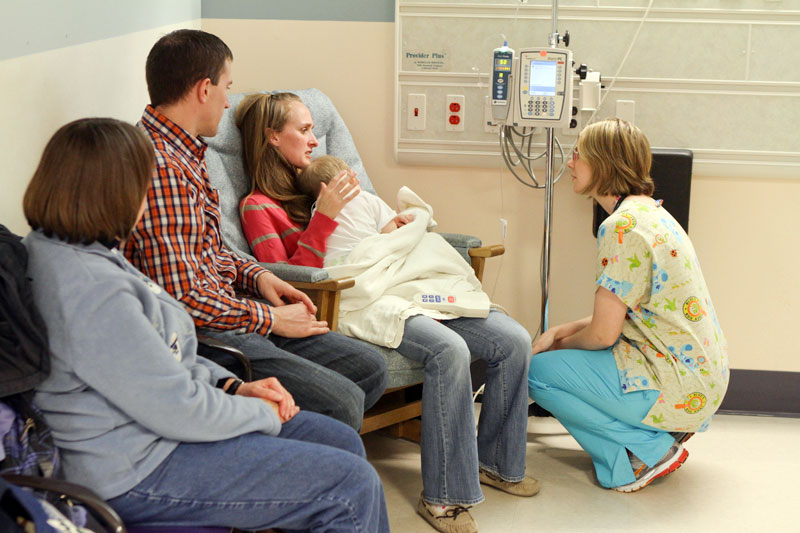Most recently I was asked to write as a contributor for a textbook called Comprehensive Neonatal Nursing 6th edition about what gaps there are in teh neonatal intensive care units. The editors Carole Kenner, Leslie B. Altimier, and Marina V. Boykova, put together this textbook to support practice strategies and sound clinical decisions in teh neonatal intensive care unit. My focus is on a NICU toolkit. https://www.amazon.com/Comprehensive-Neonatal-Nursing-Care-Sixth/dp/0826139094/ref=sr_1_1?keywords=9780826139146&linkCode=qs&qid=1570765494&s=books&sr=1-1
The specific gap in practice in the neonatal intensive care unit (NICU) is the challenge that parents face when they are discharged home. The underlying assumptions of these issues include a lack of confidence to be able to take care of the baby, not enough information to understand the machines, a lack of practice time, and increased readmission rates to the hospital within 30 days of discharge from the NICU. Regarding the population parents of premature babies, the argument that is most often heard from the nurses and the NICU team is that the parents have been in the NICU watching the nurses for the last five to seven months and they should be able to take care of their infant (Hutchinson, Spillett, & Cronin, 2012).
The parents of premature babies have a higher stress level when the babies are discharged due to not receiving specific education to ease the transition home (Busse, Stromgren, Thorngate, & Thomas, 2013). In Miles’s (1994) study conducted via the Patient-Reported Outcomes Measurement Information System (PROMIS) following discharge from the NICU, it proved that there was a higher stress level for parents when they were discharged home. Premature infant readmissions were analyzed and it was determined that there was a 31% readmission rate to the NICU. The parents needed to be taught skills on how to avoid re-hospitalization (Hutchinson et al., 2012).
Premature babies were being born daily with multiple medical conditions that carried long term through the span of their lives. When they were transitioned to their homes, they required management of their special needs in the home setting. The transition program began 30 days before the baby was discharged to the home. If the teaching was not done prior to the discharge home, then when they went home, the baby was susceptible to errors made at home with medications, infection control, or treatment in general.
When a baby is taken home from the regular nursery it is noted to be a scary time for parents due to the newness of being a parent. For a parent of a premature baby, the anxiety increases especially if the baby had a long NICU stay. The parents are accustomed to having the nurses there for support but when they go home, they feel alone.
The proposed solution for this gap in service is the implementation of a NICU navigator tool kit. The toolkit is designed to help hospital nurses, doctors, therapists, social workers, and parents communicate more effectively towards reducing the parent’s anxiety surrounding their baby’s discharge to the home. The presentation of the NICU patient navigator toolkit contains evidence-based studies and real-life examples to demonstrate the toolkit’s necessity in the NICU.
References
Busse, M., Stromgren, K., Thorngate, L., & Thomas, K. (2013, August). Parent responses to stress: PROMIS in the NICU. Critical Care Nurse, 33(4), 1-13. http://dx.doi.org/10.4037/ccn2013715
Hutchinson, S. W., Spillett, M. A., & Cronin, M. (2012). Parents’ experiences during their infant’s transition from neonatal intensive care unit to home: A qualitative study. The Qualitative Report, 17(23), 1-20. Retrieved from http://www.nova.edu/ssss/QR/QR17/hutchinson.pdf

